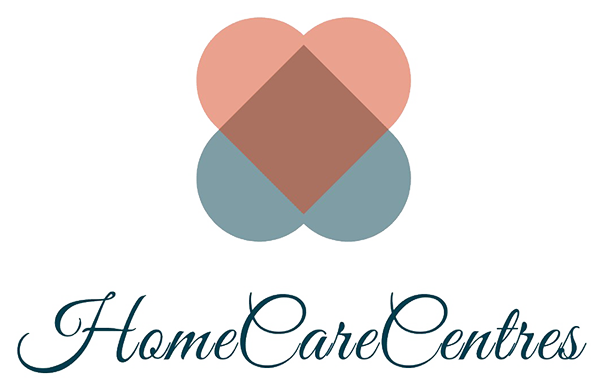The Secret to Lifelong Fitness: Work Smarter, Not Harder
We’ve all heard the saying “no pain, no gain.” But after 50, that’s not the goal — it’s about no pain, all gain.
The most successful fitness journeys at this stage aren’t about intensity — they’re about consistency, balance, and protecting the amazing body you already have.
As we age, our muscles, joints, and connective tissues change. They’re still strong and capable, but they need a little more care and patience. That’s why exercising smarter — with the right warm-ups, recovery, and form — keeps you feeling strong, flexible, and injury-free for years to come. I work with people in their 60s to 100-plus. Many who stayed active can still walk with a walker. It brings me happiness to encounter walkers in my neighborhood in the mornings on my way to work. That is clearly one good way to stay active and social.

Step 1: Know Your Body (and Listen to It)
Your body tells you everything you need to know — you must listen for the whispers.
If a movement feels uncomfortable, stop and adjust. Muscle soreness is normal; sharp pain is not.
Learning your limits is part of exercising smarter — it prevents injuries and builds confidence in your body’s abilities.
Suggestion:
Keep a small notebook or use your phone’s notes app to track how your body feels after each workout. Over time, you’ll see what’s working — and what’s not.
Step 2: Warm Up Before You Work Out
If you feel your muscles are cold and tight, take your time before diving into your routine. Take 5–10 minutes to get your blood flowing and loosen your joints. Try:
-
Marching in place for 2–3 minutes.
-
Arm circles and shoulder rolls.
-
Gentle twists at the waist.
-
Light stretches focusing on your legs, back, and neck.
A good warm-up is like turning the key in your car before driving — it gets your system running smoothly.
Step 3: Focus on Form, Not Speed
Proper form matters more than lifting heavy weights or moving fast. Using poor form can strain your back, knees, or shoulders — and slow your progress. No need to push your body for knee or hip surgery. It is never the same after those operations, and you will have a long recovery.
Start with lighter weights or resistance bands. Move with control. Watch your posture and keep your core engaged.
If you’re unsure, look up short tutorial videos made for 50+ adults or consider a single session with a trainer who specializes in mature fitness. Invest in yourself, as you would for your children, niece, nephew, cousin, or grandchildren.
Step 4: Recovery Is Part of the Plan
Your body grows stronger while you rest. Taking recovery days allows your muscles to repair and prevents burnout.
Try these recovery essentials:
-
A foam roller for gentle muscle massage.
-
A warm bath with Epsom salts to relax tight areas.
-
Stretching or yoga on off-days.
Even a short walk counts as active recovery. Remember, movement heals.
Step 5: Don’t Forget Hydration & Nutrition
Your body needs water and protein to build and repair muscle. After 50, dehydration sneaks up faster. Keep water nearby and aim to sip throughout the day, especially during workouts.
Pair that with a simple, balanced plate: lean protein, colorful vegetables, whole grains, and healthy fats. Fuel your energy — don’t starve it.

Shop Smart: Gear That Keeps You Safe & Strong
Here are a few tools to help protect your joints, soothe soreness, and make recovery easier:
-
Knee & Ankle Braces – Lightweight and supportive for walking, yoga, or strength training days.
-
Foam Roller – Ideal for easing muscle tension and improving flexibility after exercise.
-
Massage Gun – Targets stiff spots and helps you recover faster between workouts.
-
Compression Socks – Improve circulation and reduce post-workout swelling.
5 Common Exercise Mistakes After 50
Avoid these easy-to-fix habits that can hold you back:
-
Skipping warm-ups and cool-downs.
-
Ignoring hydration or stretching.
-
Comparing your progress to someone younger.
-
Doing high-impact moves too soon.
-
Pushing through sharp or unusual pain.
Your progress is unique to you. Every small improvement — even walking an extra block or standing taller — is a win.
Be Kind to Your Body
It’s not about doing more — it’s about doing better.
When you move with awareness and respect for your body, you’ll see results faster and feel more confident along the way.
So this week, permit yourself to move gently but with purpose. Protect your joints, celebrate your strength, and remember: consistency always beats intensity.
Further Reading:
Until Next Time
Ruth @CareGiverDaze
